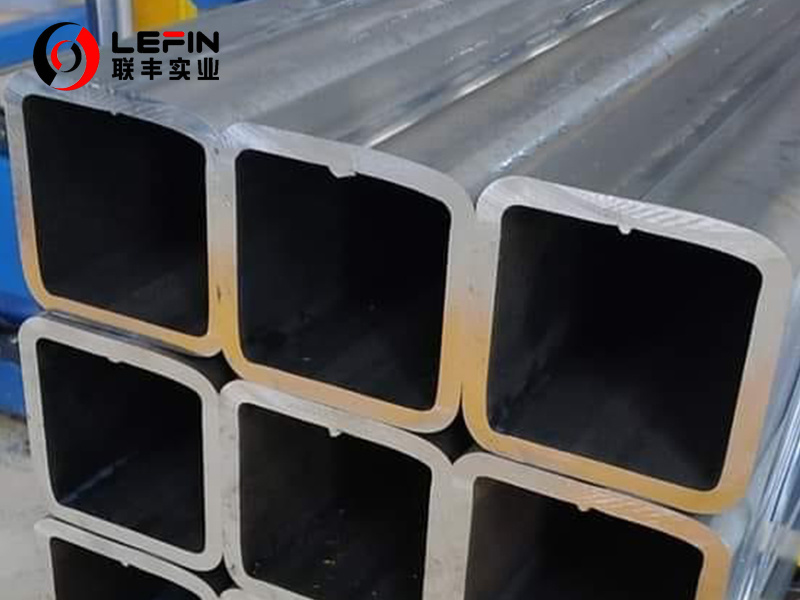The Classification And Production Process Of Hot-dip Galvanized Pipe
Release time:
2025-11-20
This issue is very practical. The core classification of hot-dip galvanized pipes is based on the galvanizing process, and the production process revolves around "base material treatment - galvanizing - post-treatment".
I. Main Classifications of Hot-dip Galvanized Pipes
According to the galvanizing process:
They are classified into hot-dip galvanized pipes (the mainstream, where the steel pipe is immersed in molten zinc) and blow galvanized pipes (where the excess zinc layer is blown off with gas after galvanizing, making the zinc layer more uniform).
According to the base material:
It is divided into low-carbon steel pipe hot-dip galvanized pipe (commonly used, such as Q235 material) and alloy steel pipe hot-dip galvanized pipe (used in special scenarios).
By application:
They are classified into hot-dip galvanized pipes for water supply, fire protection, gas, industrial transportation, etc.

II. Core Production Process Flow of Hot-dip Galvanized Pipes
1. Base material preparation:
Select steel pipes that meet standards, cut them, straighten them, and remove surface burrs and sharp corners.
2. Pretreatment (Key Step):
First, remove the rust and oxide scale on the surface of the steel pipe through acid washing, and then rinse with clean water; Subsequently, neutralization treatment is carried out to eliminate the residual acidic substances from acid washing. Finally, dry it to ensure that the surface of the steel pipe is free of moisture and impurities.
3. Hot-dip galvanizing:
The pre-treated steel pipes are immersed in molten zinc at 440-460℃ and maintained for a certain period of time to form a uniform zinc-iron alloy layer and a pure zinc layer on the surface of the steel pipes.
4. Post-treatment:
In this stage of the blow plating process, compressed air is used to blow off the excess zinc layer inside and outside the tube. Then cooling is carried out, which can be done naturally or with water. Finally, passivation treatment is carried out to enhance the corrosion resistance of the zinc layer. Some products will also undergo inspection and repair.
5. Finished Product Inspection and Packaging:
Check the thickness of the zinc coating, adhesion, and appearance quality. After passing the inspection, mark and bundle the products for packaging.

Tags:
Previous
Next
Relevant Project

Address: Hengtai Road,Daqiuzhuang Town,Jinghai County,Tianjin,China
Mob: +8615122229899(whatspp)
Phone: +86 22 58171905
Fax: +86 22 58171902
E-mail:info@lefinsteel.com
Get company updates

Tianjin Lefin Industrial Co.,Ltd. All rights reserved City sub-station SEO www.300.cn

